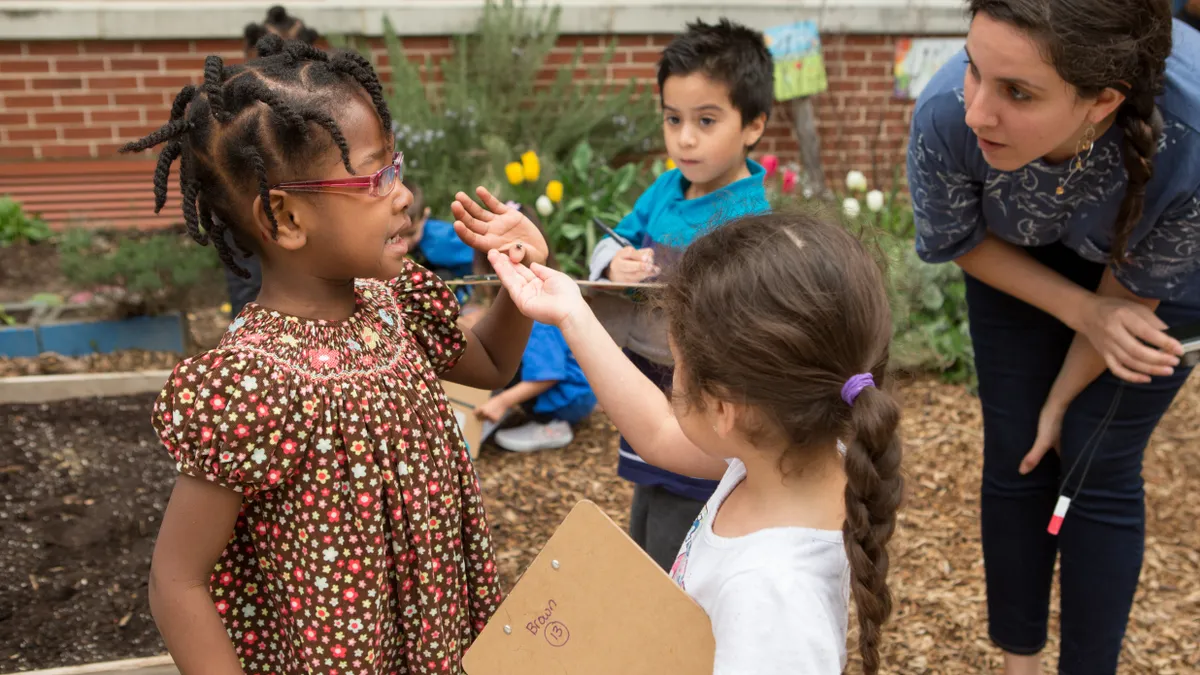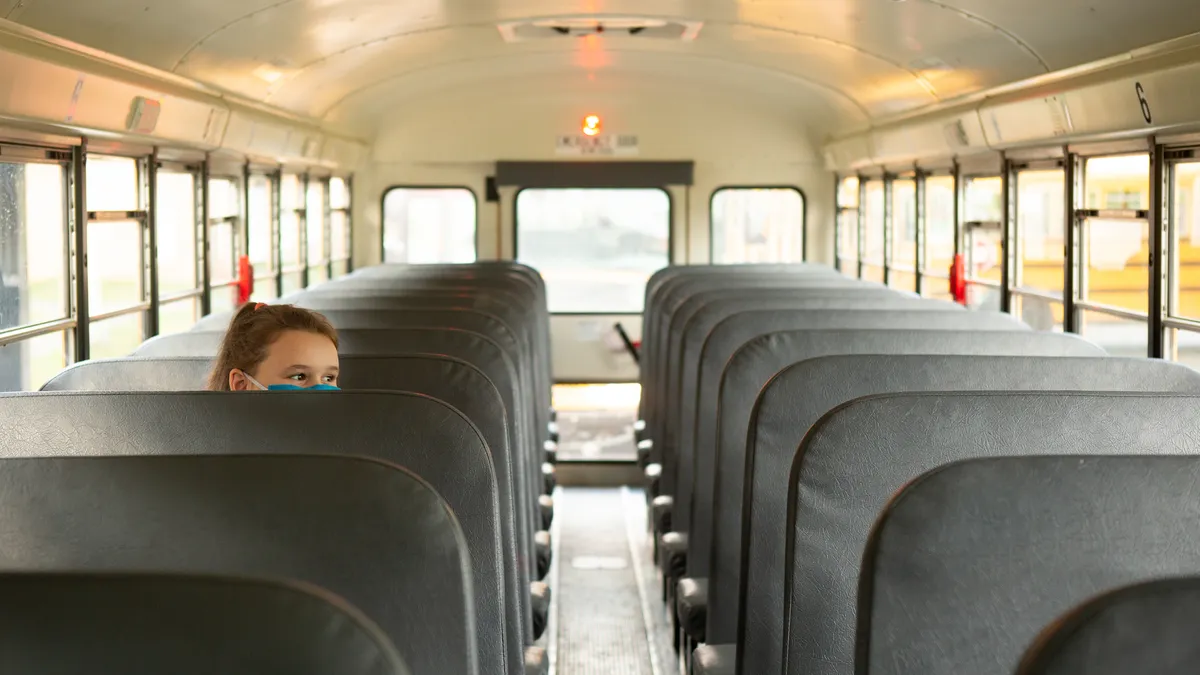Dive Brief:
- More than half of the nation’s state-funded preschool programs operate for only half a day — which often doesn’t meet the needs of working parents — and a majority of states are not readily able to provide information on the quality of their programs, according to a report released Thursday, which rates programs on meeting what experts say are the 15 “essential elements” of a high-quality public preschool program.
- Conducted by the National Institute for Early Education Research, based at Rutgers University in New Jersey, the report — which includes results on 59 programs in 44 states — is intended to inform newly elected governors, state lawmakers and education leaders as they formulate legislative and policy agendas for next year.
- The report is different from NIEER’s annual State of Preschool yearbook, the authors say, because instead of just looking at policies on the books, it also analyzes the level of political will related to early learning issues and whether leaders are putting policies into practice.
Dive Insight:
In addition to Gov.-elect Gavin Newsom in California, the newly elected governors of Colorado, Connecticut, Illinois, Maine and Michigan are among those who made preschool, child care and other services for families with young children, such as home visiting, a part of their campaigns, according to an article from the Center for American Progress, a left-leaning think tank.
“Gubernatorial candidates’ emphasis on child care and early education in this election cycle reflects the importance of these issues to voters,” the authors wrote. “The majority of young children have all available parents in the workforce, meaning that affordable, quality child care and early education are necessities for most families.”
While the NIEER report takes a different approach than in its annual yearbook, the state that came out on top was the same — Alabama, where Republican Gov. Kay Ivey was elected to a full term Tuesday night. Last year, Ivey expanded the state’s First Class Pre-K program by over 100 classrooms. According to the new NIEER report, Alabama has 14 of the 15 elements, which include having two adults in the classroom, a maximum class size of 22 children, age-appropriate learning standards and ongoing professional development. Alabama was found to have only “partially met” the element of providing instructional support for dual-language learners. In the annual yearbook, Alabama meets all 10 of NIEER’s quality benchmarks.
Alabama, however, was far from the only state in which addressing the literacy and language needs of dual-language learners — and supporting their teachers — is a growing challenge. About 75% of the programs reviewed “lack a well-developed strategy.” Programs in Minnesota, Maine and Kansas were among the few that did meet that expectation. Maine, for example, requires program administrators to have training related to working with preschool dual-language learners and their families, and to have written plans for classroom instruction.














